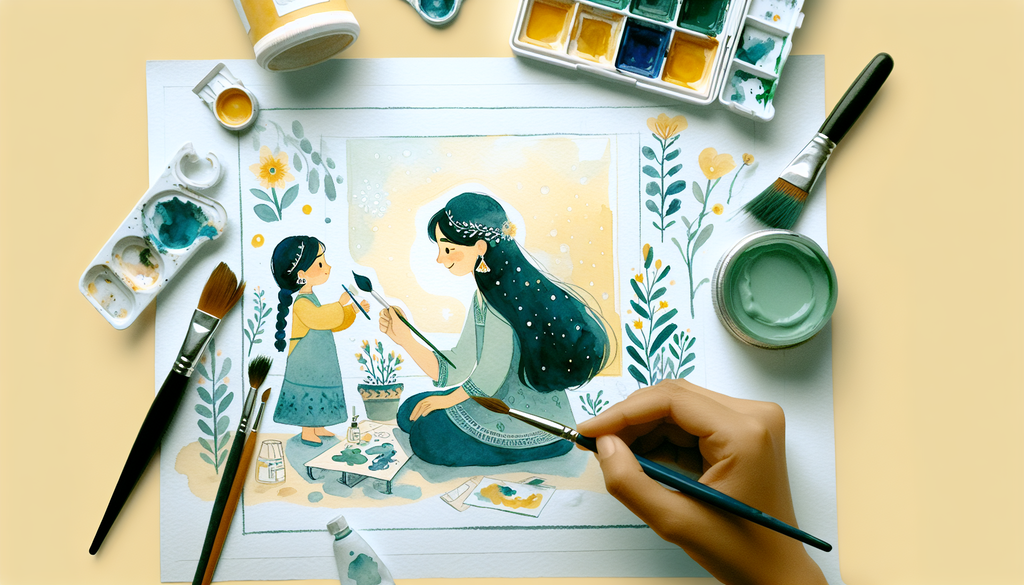Art as a Language: Expressive Therapies for Non-Verbal Children

Art can serve as a universal language, transcending verbal communication barriers. For children who are non-verbal or have limited speech, this expressive outlet can be extraordinarily empowering. Today, we explore how art therapy can open up new pathways of communication, enriching the lives of these special young individuals.
First, let’s have a closer look at what art therapy is about. The American Art Therapy Association defines art therapy as an integrative mental health and human services discipline that enriches the lives of individuals, families, and communities through active art-making, creative process, applied psychological theory, and human experience within a psychotherapeutic relationship[^1^].
Unlocking Expression
Art therapy can be a gateway to self-expression for children who might find it challenging to vocalize their thoughts and feelings. Through various forms of art—be it painting, drawing, sculpting, or collage—children can manifest their emotions and experiences in a tangible way. For non-verbal children, this creation process can be immensely liberating.
In our earlier post on communicating with non-verbal children, we explored different ways children express themselves without words. Art therapy is an excellent addition to these strategies, providing another language for emotional and experiential reflection.
Seeing Beyond Words
Art therapy goes beyond providing a medium for expression. It can prompt reactions, conversations, and even revelations that might not surface through conventional therapeutic methods. This approach recognizes a child’s capacity for communicating their inner world in ways other than speech, offering valuable insights into their perspectives and experiences.
By reviewing the art they created, as well as their creative process, therapists can glean information about the child’s cognitive development, emotions, social skills, and more[^2^]. For parents and caregivers, understanding their child’s artwork can also offer an emotional connection, further strengthening their relationship.
Art in Practice
In a typical art therapy session, the therapist will guide the child to create art that expresses their feelings or reflects their thoughts. They achieve this through a comprehensive therapy plan, designed based on the child’s abilities, needs, and therapeutic goals.
Art activities can be responsive to various sensory inputs, thereby also supporting children with sensory processing disorders, a topic we’ve delved into in our other post, Understanding Sensory Processing Disorder in the Classroom.
Art and Tech: An Inclusive Combination
We also cannot ignore the role of technology in improving accessibility and increasing inclusivity. Varying softwares and apps can help make art therapy accessible to a wider range of children, including those who might face physical restrictions in traditional art-making. Our post on tech accessibility for the visually impaired provides a detailed account of the potential of technological advancements to break barriers.
Maximizing the Benefits
To make the most of art therapy for your child, ensure to involve them in the process. Let them choose the materials they want to work with and create a safe, peaceful space to stimulate their creativity. Also, consider working with a professional art therapist to guide the process and interpret the therapeutic insights.
In closing, art therapy is a powerful form of treatment that can bring about profound changes in a child’s life. It’s a form of expression that speaks louder than words—a vital resource for helping non-verbal children communicate their world to us more vividly.
This is the first entry in our Therapies & Support Systems series, aiming to explore and enhance understanding of different therapeutic choices for children with varying needs. Stay tuned for more.